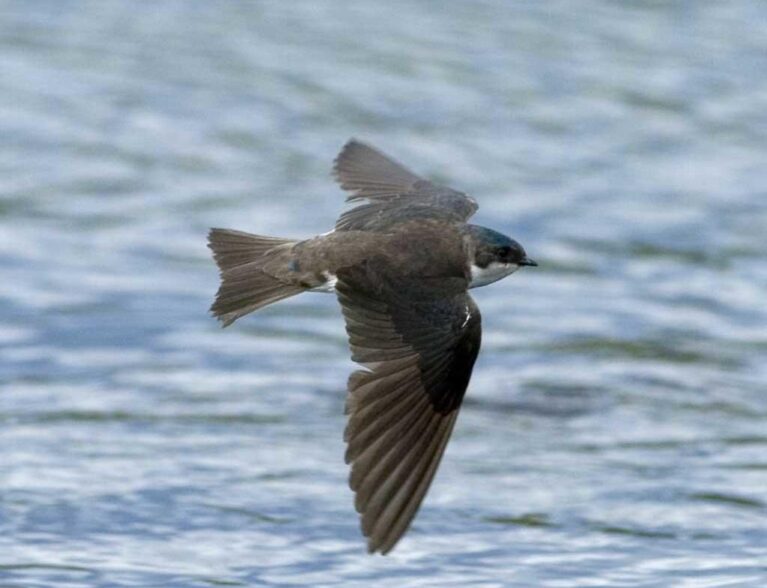
Indian River County is known for its colorful, abundant bird life and, so far, the county’s bird population seems to be holding its own.
That is the conclusion reached after 77 Audubon Society volunteers fanned out over portions of Indian River and Brevard counties between Dec. 14 and Jan. 5 to count birds and bird species in the area.
Their effort was part of the nationwide annual Audubon Christmas Bird Count, one of the oldest and largest citizen science projects in the world, which has been conducted every year at the same time and in the same places for the past 120 years.
The count came on the heels of a grim report from the National Audubon Society that found nearly two-thirds of American bird species are at severe risk of extinction due to climate change. The study said climate change is shifting the ranges where birds fly, feed and reproduce, and they may not survive.
Happily, the Indian River/Brevard bird count did not show a downward trend taking hold here so far, according to Kate Wells, who crunched the numbers for the Space Coast and Pelican Island Audubon chapters.
“As in previous years, we had about 150 native species and that’s pretty consistent going back the past 20 years,” Wells, education/outreach director for Brevard County Audubon, said.
Wells said the local count area was a 15-mile-diameter circle centered in the St. Sebastian River Preserve State Park, which straddles Indian River and Brevard counties.
Teams of observers on foot and in cars, ATVs, golf carts and a motorboat were assigned to segments of the circle, which covered portions of Fellsmere, Sebastian, Micco, Grant-Valkyria, Orchid Island and a slice of Pelican Island National Wildlife Refuge.
The volunteers counted some 36,000 individual birds in our area, up from last year’s number. The most counted species was the American robin at about 20,000. The tree swallow came in a distant second at 3,300, followed by the white ibis, with 1,250 spotted.
Wells explained that the count circle has been precisely the same since 1968 to ensure consistency of bird information. Only native species are included in the official total, with any invasive birds reported to National Audubon separately.
Volunteers flag unusual species in their count area, and one that showed up here was the lark sparrow – a native common to the western U.S., but not seen in Brevard County for the past 23 years. Other species written up as somewhat rare in our area were the great crested flycatcher, tufted titmouse, short-tailed hawk, snail kite, purple gallinule and peregrine falcon.
Wells said the importance of the Audubon bird count lies in its consistency.
“The data in a single year isn’t that significant,” she said. “The power of the Christmas bird count is in its longevity – a long tradition of community science.”
By counting birds in the same geographical area at the same time each year, long-term trends can be spotted.
Expert birder David Simpson, a member of the Space Coast Audubon Society, said the St. Sebastian River Preserve State Park – home to scrub jays and red cockaded woodpeckers – is a “stabilizing factor” for those bird populations on the Treasure Coast.
Red cockaded woodpeckers are listed as endangered and scrub jays are designated as threatened under the U.S. Endangered Species Act. Both species favor the park’s vast, sandy scrub-and pine landscape for feeding and nesting. Similar natural habitats outside the park have been converted to subdivisions or otherwise developed.



